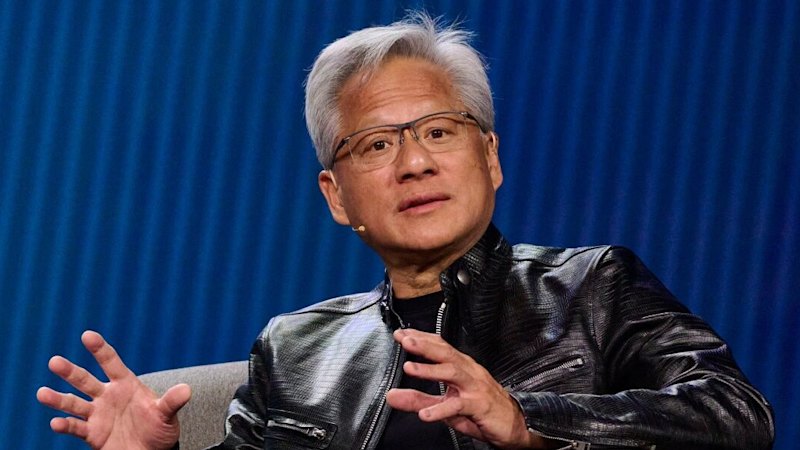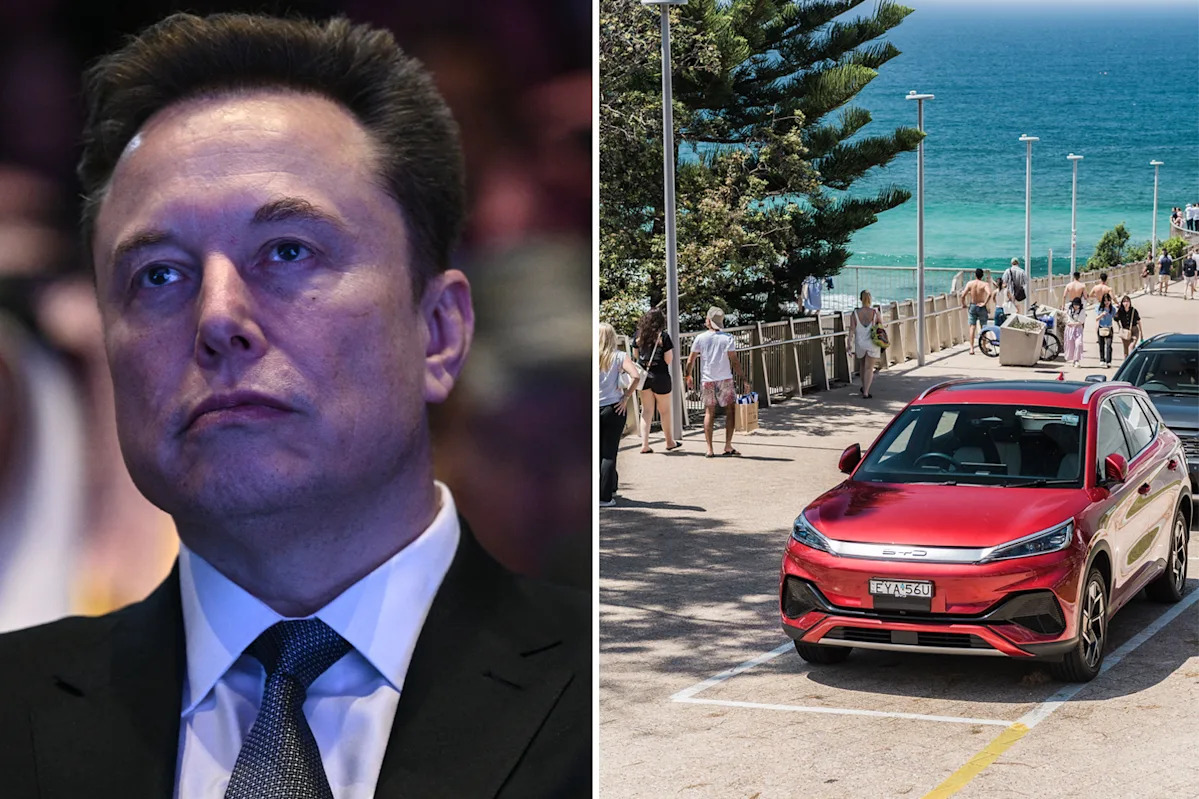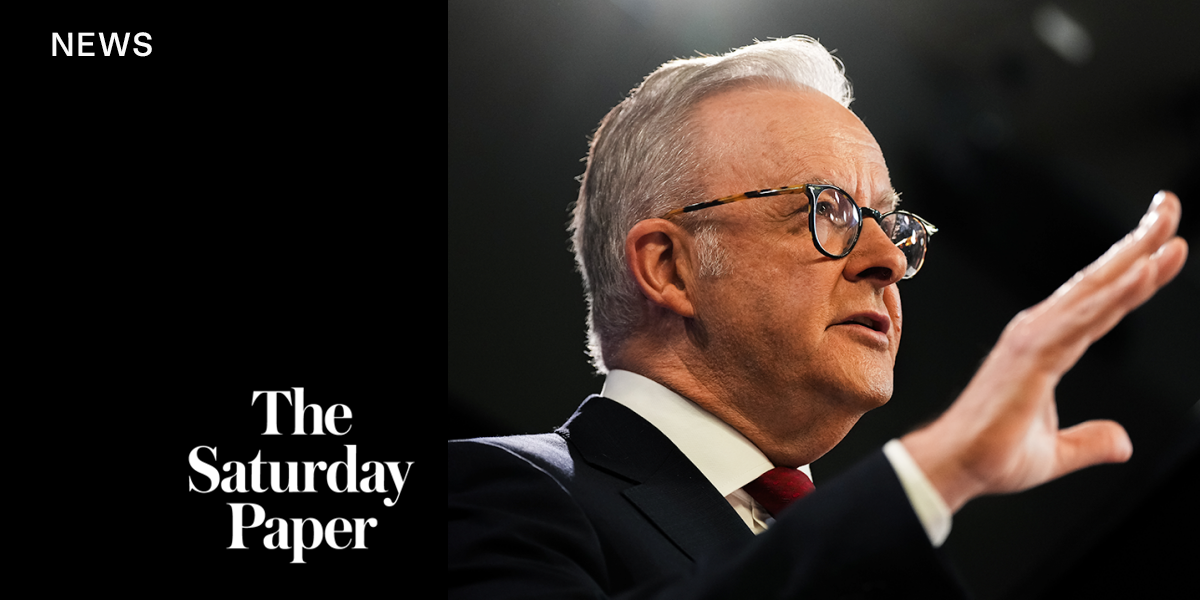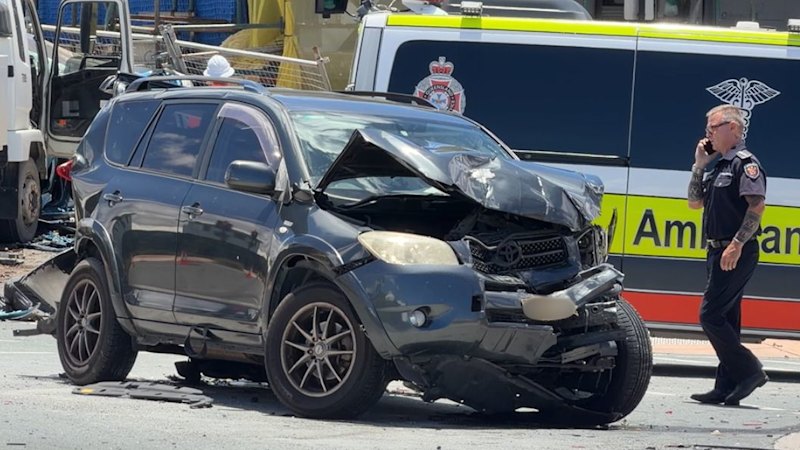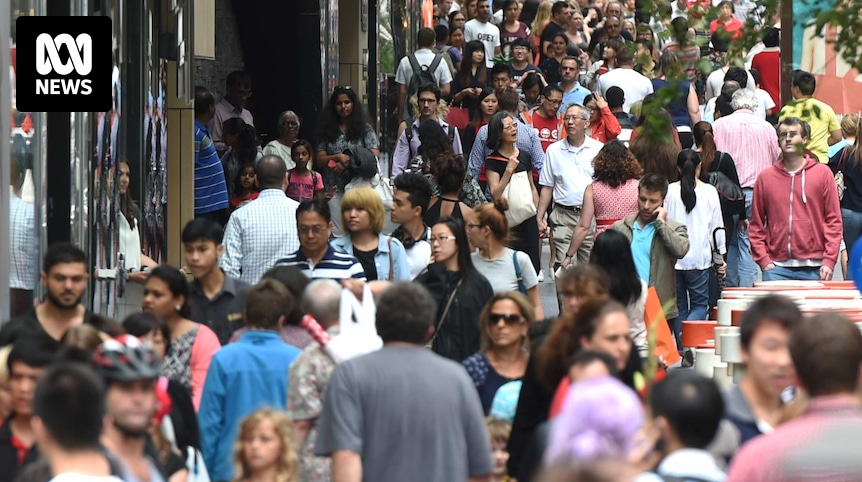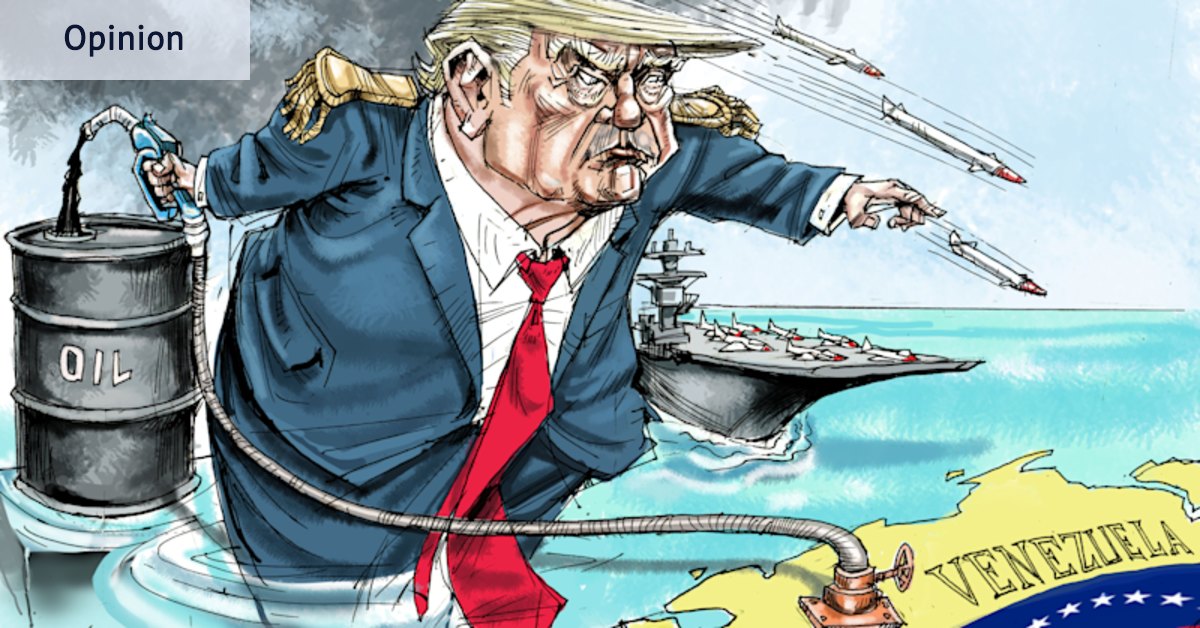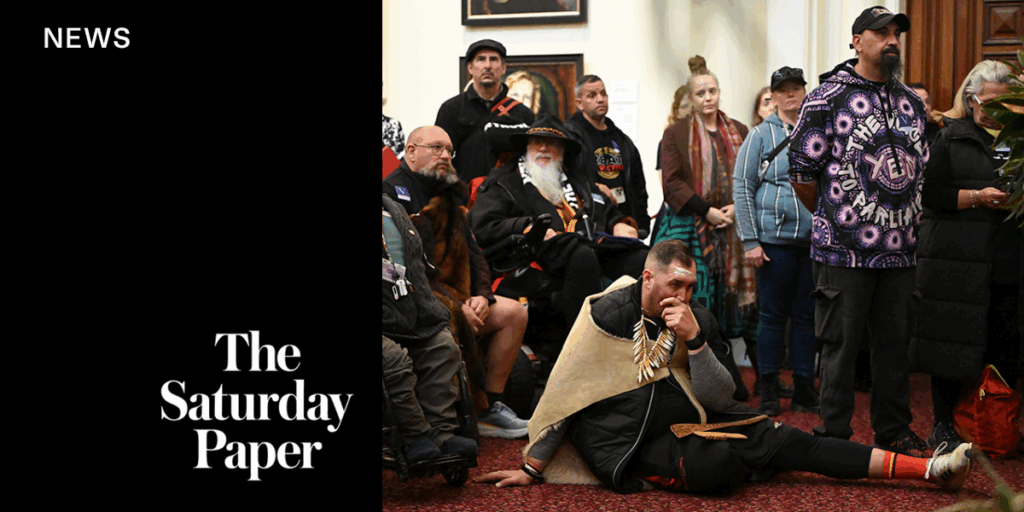
For four years, the Yoorrook Justice Commission has embarked on an unprecedented journey in Victoria, listening to the voices of Elders, experts, children in care, and mothers behind bars. This initiative has unearthed not only a record of resilience and survival but also stories of brutality that were once sanctioned by law and normalized by silence. The commission’s work has culminated in a set of clear, actionable recommendations aimed at redress and reform.
The commission’s recommendations were not the result of mere consultation or superficial engagement. Instead, they emerged from a deliberate, often painful act of truth-telling. Over 1,300 submissions were gathered, 65 public hearing days were hosted, and more than 10,000 documents were reviewed. The commission engaged with a diverse group, including Elders, children, politicians, prisoners, parents, and professionals, through community round tables, private sessions, youth dialogues, and on-Country hearings. This comprehensive process aimed to reveal the full scale and continuity of systemic injustice against First Peoples in Victoria since colonization began in 1835.
Unveiling the Truth: Genocide in Victoria
The condensed version of the commission’s final report, “Yoorrook: Truth Be Told,” is not just a historical account. It serves as an act of record-keeping and a call to action. The report spans centuries and systems, from massacres to missions, land theft to child removals, health neglect to over-policing. It exposes the reality that injustice in Victoria is not a relic but a structural, cumulative, and ongoing issue.
The commission does not shy away from the weight of language. It boldly states that the treatment of First Peoples in Victoria meets the legal and historical definition of genocide.
“Yoorrook found that the decimation of the First Peoples population in Victoria … was the result of ‘a coordinated plan of different actions aimed at the destruction of the essential foundations of the life of national groups,’” it declares. “This was genocide.”
A Blueprint for Redress and Reform
Drawing on the United Nations Convention on the Prevention and Punishment of the Crime of Genocide, the commission outlines how colonization in Victoria involved the intentional destruction of Aboriginal people as a distinct group: physically, culturally, spiritually, and politically. This was not a byproduct of settlement; it was its design. Massacres were committed with impunity, children were forcibly removed from their families, cultural practices were outlawed, languages were nearly extinguished, birthrates were suppressed through policy, and land was stolen and desecrated.
These findings are not mere allegations. They are documented truths that echo the experiences of Indigenous peoples globally. The report makes it clear that what occurred in Victoria is not a vague tragedy of the past but an ongoing structure, alive in laws, systems, and institutions that continue to inflict harm.
By naming genocide, Yoorrook compels the state to reckon with a truth it has long resisted: injustice in Victoria has not been incidental. It has been systematic, sustained, and targeted. Redress cannot begin without recognizing the full scope of the harm.
Government Response and the Path Forward
The Victorian government has expressed respect for the commission’s work but remains non-committal on the more challenging recommendations, particularly those involving redress. The report’s 100 final recommendations offer a framework for transformation across the state. They call for redress through land return, financial compensation, tax relief, and other tangible forms of restitution—not as symbolic gestures but as material recognition of harm and a foundation for justice.
The report emphasizes the need to strengthen the role of Aboriginal community-controlled organizations and embed Aboriginal decision-making across core systems, including health, education, housing, and justice. It also proposes deep systemic reform, restructuring child protection, criminal justice, policing, and governance to reflect principles of truth, accountability, and equity. Central to its approach is the concept of shared responsibility. Rather than placing the burden of progress on Aboriginal communities to “close the gap,” the report insists that it is the government and institutions that must dismantle the structures sustaining these disparities.
Perhaps most radically, the commission recommends a Self-Determination Fund—a sovereign wealth vehicle underpinned by revenue from land, water, and natural resources. This is not a handout but a redistribution: a rebalancing of wealth accumulated through dispossession, now returned to enable Aboriginal governance, prosperity, and autonomy.
Implications and Reactions
The Yoorrook report arrives at a critical juncture for Victoria, with a treaty process already underway and a government that has pledged commitment to truth and justice. It serves as a blueprint, making it impossible for the state to claim ignorance and harder still to claim virtue without action.
The media response to the Yoorrook report has been as divided as the nation’s conscience. Outlets such as The Guardian and The Age have highlighted its historic finding, that the treatment of First Peoples in Victoria constitutes genocide under international law, and praised its detailed roadmap for justice. They have underscored the courage of witnesses and the clarity of the commission’s 100 recommendations, including calls for land return, financial compensation, and a sovereign wealth fund for Aboriginal self-determination.
Elsewhere, particularly in the Murdochracy, the report has been met with skepticism and resistance. Some commentators argue that Yoorrook prioritizes ideology over shared national identity, accusing the commission of inflaming division by naming historical truths too plainly.
The Victorian opposition’s response has been marked by a studied refusal to reckon with its contents. Instead of engaging with the substance of the commission’s findings, Opposition Leader Brad Battin has framed the notion of a permanent Aboriginal representative body as a rerun of the Voice referendum, ignoring that Yoorrook’s recommendations were crafted in Victoria, for Victoria, through thousands of hours of testimony and consultation. He accused Premier Jacinta Allan of pursuing an “ideological agenda” and ignoring more “pressing concerns” such as cost of living and crime.
This response is not principled opposition but political theatre dressed in the language of populism. It reflects a deeper indifference—an unwillingness to listen, learn, or lead. The Yoorrook Commission offers a path to healing and reform, yet some political figures seem more inclined to rehearse old lines and retreat into cultural dog whistles. At a moment that demands courage, they have chosen cowardice.
The opportunity is rare, and the choice is stark. Will Victoria continue the pattern of acknowledging injustice without repair? Or will it take the courageous, uncomfortable steps towards restitution, structural change, and genuine partnership?
The weight of the report is immense, as is its clarity. Many of the Elders who gave testimony to Yoorrook spoke not just of pain but also of hope. Hope that their stories of children taken, of mission stations endured, of lives shaped by the sharp edge of state policy might lead to something better. That the next generation would not have to tell the same truths again, still unmet.
For many who gave evidence, the hope was never that a single report would repair generations of harm. It was that their truths, once committed to the public record, might shift what was politically possible. As one Elder put it,
“Maybe my grandchildren won’t have to keep telling this story.”
That hope runs quietly beneath the report’s pages—not a promise, but a plea. That this time, listening might lead to change. That this time, the truth might matter enough to act on.
The state of Victoria has heard the truth. It has received the findings. It has the tools to act. What it does now will define not just the legacy of this commission but also the moral character of the state itself. History cannot be changed, but futures can.

